Orchid is one of the most popular flowering plant in the home. Many gardeners love to grow them at home or in greenhouses. In nature, there are a huge number of species and varieties of this flower: Brassia, Dracula, Cattleya. Monkey orchid got its name because of the peculiar kind of flower. This species has different color options: white, burgundy, dark green and so on. But all these flowers combine the fact that the three petals are molded at the base and form, as it were, a single bowl, while they are elongated outward. At home, using a monkey orchid is quite rare.
Description and growth conditions
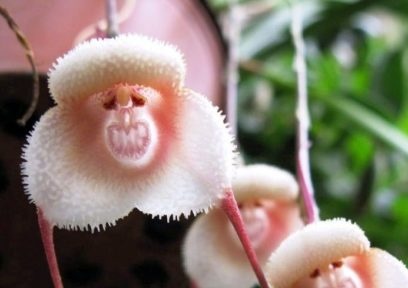 The orchid was named Dracula because of its dislike of bright light, so the creation of a shadow is a success in its cultivation. The smell may vary depending on the color. The aroma may resemble a ripe orange or mandarin, sweet not tart vanilla.
The orchid was named Dracula because of its dislike of bright light, so the creation of a shadow is a success in its cultivation. The smell may vary depending on the color. The aroma may resemble a ripe orange or mandarin, sweet not tart vanilla.
Dracula orchid does not tolerate heat. This species loves the cold regime in winter not lower than plus 13 degrees, and in summer the temperature should be no more than 27 degrees. Some argue that the culture grew and flourished, it is necessary to provide it with a fluctuation of day and night temperature by about 4-5 degrees. In nature, propagated from seeds and children.
In the natural environment, she lives in the lower row of the forest, so you should not put it in the heat or near the stove, or batteries. It is best if they are window sills on the east or southeast side of the house, then the plant will bloom longer. Dracula comes from the wild forests of South America. It is very humid and damp, in the morning it is fog, in the afternoon and in the evening there are shallow rains, so at home you need to give maximum moisture to the plants. Humidity at home can be maintained by any available means:
- sprayer;
- a tray of water on which the pot is placed;
- regular watering.
The room in which the monkey orchid is located should be freely ventilated, because the stale air is a good environment for the multiplication of numerous bacteria and infections.
Watering and soil
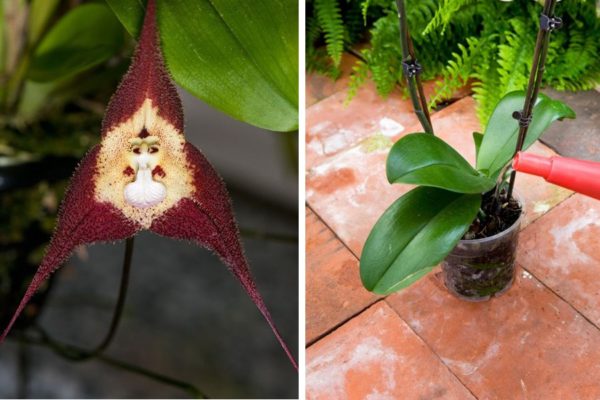 The degree of hydration depends on what climate and what temperature in this environment, where the orchid with a monkey muzzle lives. If the room is hot and sunny, then you need to water more often, but on the contrary, soft watering and not so plentiful will be better for monkey orchids. But most often you need to provide regular and sufficient watering to grow a healthy plant.
The degree of hydration depends on what climate and what temperature in this environment, where the orchid with a monkey muzzle lives. If the room is hot and sunny, then you need to water more often, but on the contrary, soft watering and not so plentiful will be better for monkey orchids. But most often you need to provide regular and sufficient watering to grow a healthy plant.
Rules for the monkey face:
- Water should be soft, not chlorinated without heavy substances.
- It is best to use warm tap water for irrigation combined with distilled or purified by any means possible. The plant should absorb and vaporize almost the same amount of water.
- But the water should not stagnate in the roots for a long time, since there is a risk to get for suppuration.
These flowers do not like frequent transplants. They need to be done only when it is really necessary. For example, if the roots begin to rot or new shoots grow. In other cases, it is better not to touch the orchid and not expose it to unnecessary stress. She needs a transplant when it is salted or the soil of the flower has compacted. The procedure itself should be carried out by digging the plant, changing the soil and moving back to fresh, clean soil.
Proper fit and care suggests that favorable moment for a transplant Spring is considered after an active growth of greenery before the moment of its flowering. Orchid Dracula does not need rest like other flowers. It blooms on its own. She does not need a recovery period, either after flowering or in winter.
One of the methods of propagation of Dracula is vegetative. This means that the necessary division is simple. It is recommended to divide the bush into several parts, planting them from each other. For each plant, 4-5 young shoots should be left for their improved growth and flowering at home. Dracula can also reproduce with ordinary seeds, which can be bought at a flower shop.
Dracula Orchid: Home Care
Take Dracula orchid as a cultivated plant. It is necessary to look after her in a special way. For this, she needs to create the same climate as she has in her homeland. Monkey orchids are most often grown in a greenhouse. It is better to undernourish a culture than to overfeed, since excess is more dangerous. Need to fertilize with active growth. You can use the usual fertilizer for orchids, but at the same time reduce the dose by two or a half times.
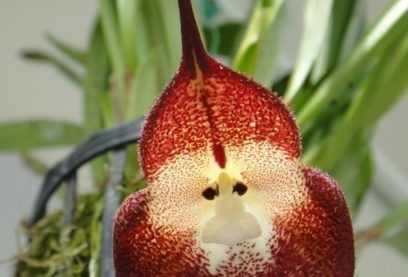 Like any other plant various bacteria and diseases affect the orchid. Especially spiders, ticks, worms, cockroaches and various small parasites. Dracula has its own diseases:
Like any other plant various bacteria and diseases affect the orchid. Especially spiders, ticks, worms, cockroaches and various small parasites. Dracula has its own diseases:
- root decay;
- damage to aphids;
- anthracosis;
- black and gray rot.
The most famous pests include:
- Thrips are insects that multiply rapidly and are difficult to remove from the plant. One of the treatment methods is spraying the plant with the infusion of garlic.
- Aphids - infectious, similar to a "web". To remove, you need to rinse the plant using cotton pads or sticks, you can use a damp cloth or a napkin.
- Whiteflies are insects that are able to lay larvae in huge numbers, affecting the stems of the leaves and roots of the plant. To get rid of the disease, it is recommended to spray the plant with calendula infusion and remove the larvae with a tampon or cotton pad.
- Fungal infections are very common on orchid flowers. They are treated with special fungicides for plants.
- Thyroid is one of the common diseases for orchids. You can get rid of it with a napkin or disk moistened with sunflower oil or rinse the plant with dishwashing detergent, but very carefully.
Reviews
Many gardeners love Dracula's orchids for their year-round flowering ability, as well as their incredibly impressive appearance. Here are some reviews left about this culture:
Natalia, 19 years old
Dracula is not so difficult to care for, unlike other species. They are quite unpretentious in the dormant plan, they do not need to create an atmosphere to improve flowering, since this culture is a flower of year-round flowering. Simple care, for which I love them.
Sveta, 32 years old
Monkey orchid is an incredible creation of nature. She has an unusual appearance, which fascinates with its beauty. There is a great demand for it and getting it in ordinary flower shops is quite difficult, but possible.Orchid with a monkey muzzle reproduces easily. I recommend you try it yourself, and you will be proud of the grown flower.
Growing Dracula, we must remember the climate for this plant, do not forget that the culture has a fear of direct sunlight. She needs a temperature not exceeding 25 degrees, purity and accuracy in the conditions under which she is growing.

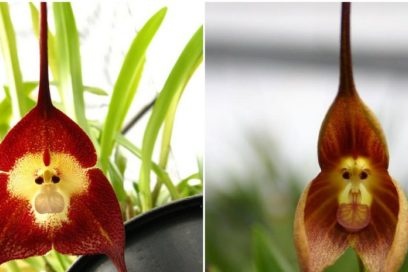
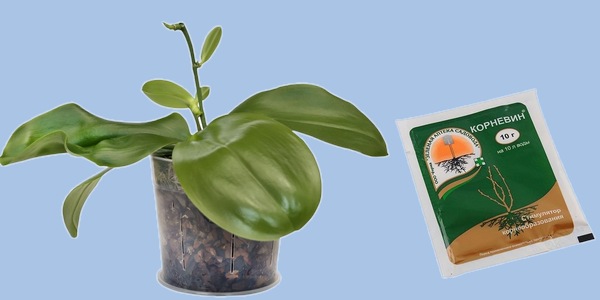
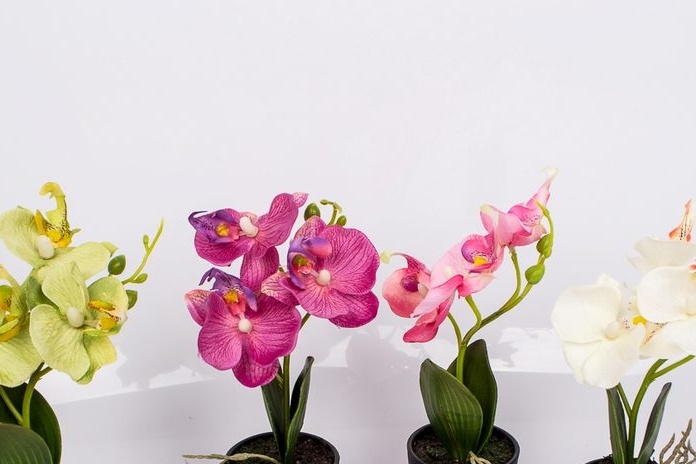
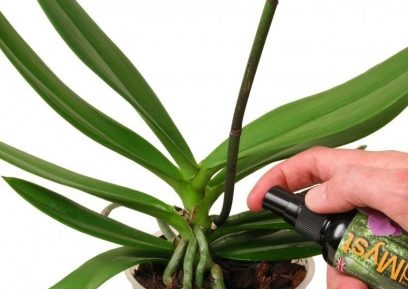
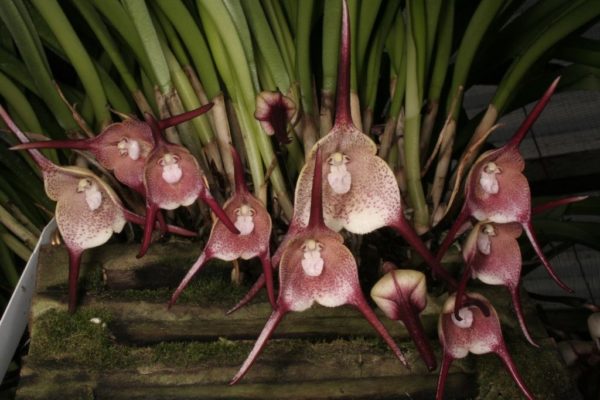
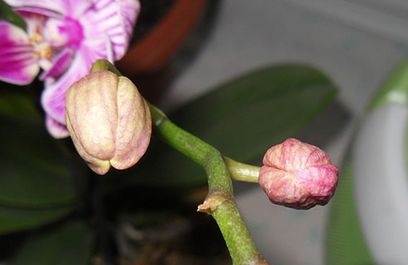 Reasons why orchids fall flowers and what to do
Reasons why orchids fall flowers and what to do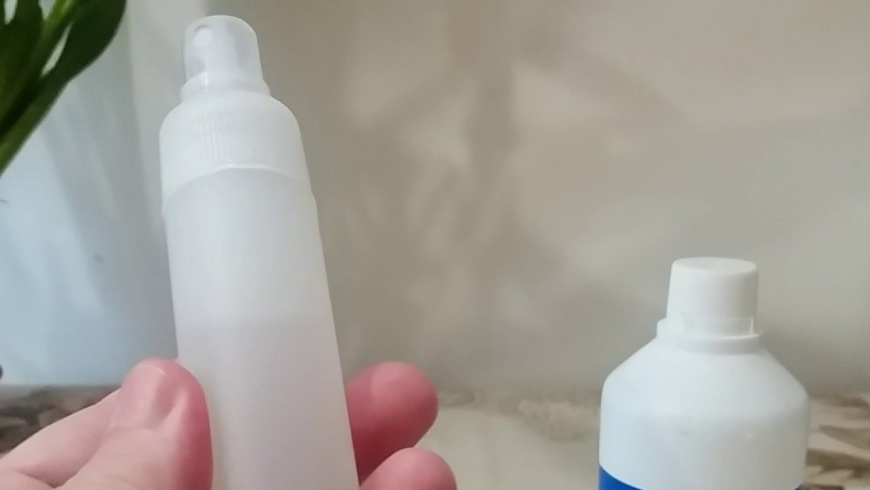 How to use hydrogen peroxide for orchids and why
How to use hydrogen peroxide for orchids and why Midges are wound up in the orchid: effective ways to get rid
Midges are wound up in the orchid: effective ways to get rid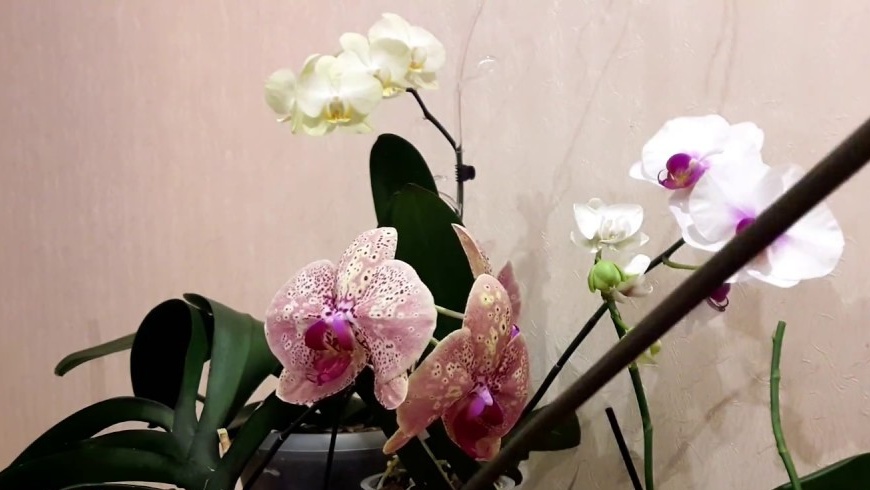 Is it possible to transplant an orchid during flowering
Is it possible to transplant an orchid during flowering